Cobras, with their distinctive hoods and deadly reputation, have fascinated and terrified humans for centuries. While most people know these serpents are venomous, the complex nature and surprising properties of cobra venom remain shrouded in mystery for many. This potent biological cocktail is far more than just a deadly weapon—it’s a sophisticated biochemical marvel with surprising applications in medicine, unique properties that defy expectations, and evolutionary adaptations that showcase nature’s ingenuity. Let’s explore fourteen remarkable and little-known facts about cobra venom that reveal why scientists, medical researchers, and naturalists find this substance so captivating.
Cobra Venom Contains Multiple Toxins Working in Concert

Contrary to the common belief that snake venom is a single toxin, cobra venom is actually a complex mixture containing up to 70 different proteins and peptides. These components work synergistically to immobilize prey and begin the digestive process. Some toxins target the nervous system (neurotoxins), while others attack blood cells (cytotoxins) or muscle tissue (myotoxins). This sophisticated cocktail evolved over millions of years to maximize hunting efficiency, ensuring that even if a prey animal has some resistance to certain toxin types, other components can still effectively incapacitate it. The diversity of toxins also explains why treating cobra bites often requires specialized antivenoms tailored to specific cobra species.
Cobra Venom Can Be Dried and Remain Potent for Years

Unlike many biological substances that quickly degrade, properly dried cobra venom can maintain its potency for extraordinary periods—sometimes years or even decades. This remarkable stability results from the complex protein structures that resist breaking down under certain conditions. Historically, this property made cobra venom particularly dangerous in assassination plots, as it could be stored as a powder and later reconstituted. Today, this stability is beneficial for scientific research and antivenom production, allowing properly preserved venom samples to be stored long-term without losing their biochemical properties. However, this same quality means that dried venom residue on equipment used to handle venomous snakes can pose unexpected dangers to handlers who might come into contact with it later.
A Single Drop Can Kill Multiple People

The potency of cobra venom is truly staggering when quantified. Depending on the species, a single drop of cobra venom (approximately 50mg) contains enough neurotoxins to kill several adult humans. The king cobra, the world’s longest venomous snake, can deliver up to 7ml of venom in a single bite—theoretically enough to kill 20 people or even an elephant. This extreme toxicity evolved not to kill large animals like humans but to rapidly immobilize the snake’s natural prey. Interestingly, cobras rarely inject their full venom load during defensive bites against humans, often delivering what’s called a “dry bite” with little or no venom—a fact that has helped reduce fatality rates from cobra encounters in regions where they’re common.
Cobra Venom Is Being Studied for Pain Management
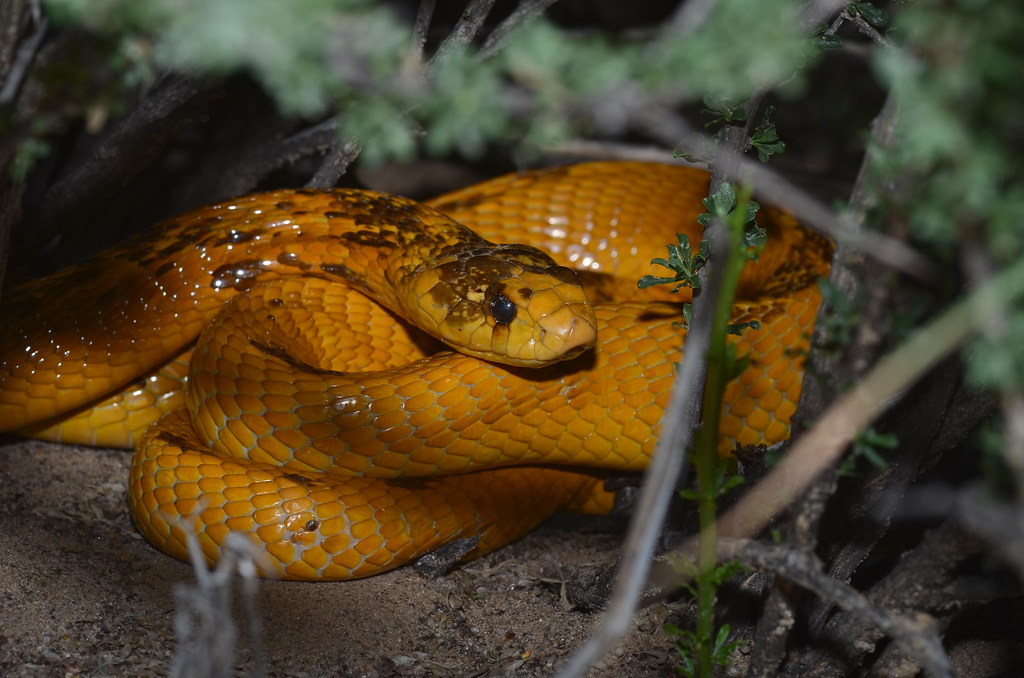
One of the most promising medical applications of cobra venom lies in the field of pain management. Scientists have identified specific peptides in cobra venom that can block pain signals more effectively than morphine—without the addictive properties or side effects of opioids. A compound derived from cobra venom called “cobratoxin” has shown potential in treating neuropathic pain and conditions like multiple sclerosis. These venom-derived pain medications work by precisely targeting the channels that transmit pain signals in the nervous system, rather than broadly affecting the brain’s perception of pain. Clinical trials continue to explore how these components might be incorporated into next-generation analgesics that could help address the current opioid crisis by providing non-addictive alternatives for chronic pain sufferers.
Different Cobra Species Have Specialized Venom Compositions

The composition of cobra venom varies significantly across the nearly 40 species in the Naja genus and other related cobra groups. African cobras like the black-necked spitting cobra (Naja nigricollis) have venom rich in cytotoxins that destroy tissue, causing necrosis and severe tissue damage. In contrast, Asian cobras such as the monocled cobra (Naja kaouthia) produce venom with higher concentrations of neurotoxins that attack the nervous system, causing paralysis and respiratory failure. These variations evolved in response to different prey types, predators, and environmental conditions across the cobras’ natural range. This specialization makes treating cobra bites particularly challenging, as antivenoms must be specifically developed for different cobra species and cannot be used interchangeably.
Cobra Venom Has Been Used in Traditional Medicine for Centuries

Long before modern science began investigating cobra venom’s medical potential, traditional healers across Asia had incorporated it into their pharmacopeia. In Traditional Chinese Medicine, cobra venom has been used for over 2,000 years to treat conditions ranging from arthritis to neurological disorders. Ayurvedic practitioners in India similarly employed cobra venom in carefully prepared formulations to address chronic pain and inflammatory conditions. These traditional applications often involved complex preparation methods to neutralize the venom’s deadly effects while preserving what were believed to be its healing properties. Modern research has validated some of these traditional uses, finding that certain cobra venom components do indeed have anti-inflammatory, analgesic, and immunomodulatory properties that could explain their observed therapeutic effects in traditional medicine systems.
Spitting Cobras Have Modified Venom Delivery Systems

Several cobra species have evolved the remarkable ability to “spit” their venom at threats from distances up to 8 feet away. This adaptation isn’t actually spitting but rather forcefully ejecting venom through specialized forward-facing holes in their fangs. When threatened, these cobras can shoot streams of venom with astonishing accuracy, targeting the eyes of potential predators. The venom of spitting cobras has also evolved to be more irritating to mucous membranes, causing intense pain and temporary blindness when it contacts the eyes. This defensive adaptation allows these cobras to deter threats without engaging in direct combat, reducing their own risk of injury. Interestingly, this specialized delivery system evolved independently in both African and Asian cobra lineages, a fascinating example of convergent evolution.
Cobra Venom Can Attack Red Blood Cells

Beyond its well-known neurotoxic effects, many cobra venoms contain potent hemolytic compounds that directly attack red blood cells. These hemotoxins can cause widespread destruction of red blood cells, leading to anemia, internal bleeding, and potential organ failure due to oxygen deprivation. The cytotoxic components in cobra venom can also damage the endothelial cells that line blood vessels, increasing permeability and contributing to dangerous leakage of plasma into surrounding tissues. In severe envenomations, this hemolytic activity can lead to acute kidney injury as the kidneys become overwhelmed with cellular debris from destroyed blood cells. Medical treatment for cobra bites must therefore address not only neurological symptoms but also potential blood disorders and organ complications that may develop hours or days after the initial bite.
Scientists Use Cobra Venom to Study Neurological Diseases

The precise way that cobra venom interacts with the nervous system has made it an invaluable tool for neuroscientists studying brain function and neurological disorders. Alpha-cobratoxin, a component isolated from cobra venom, binds with extraordinary specificity to acetylcholine receptors in the nervous system, allowing researchers to visualize and study these receptors in unprecedented detail. This has provided critical insights into conditions like myasthenia gravis, Alzheimer’s disease, and Parkinson’s disease, where neurotransmitter dysfunction plays a key role. By studying how venom components disable specific neural pathways, scientists have developed a deeper understanding of how healthy nervous systems function. Some research teams are even using modified cobra venom proteins as “carriers” to deliver therapeutic compounds directly to specific neuron types in experimental treatments for neurodegenerative diseases.
Cobra Venom Has Been Weaponized Throughout History
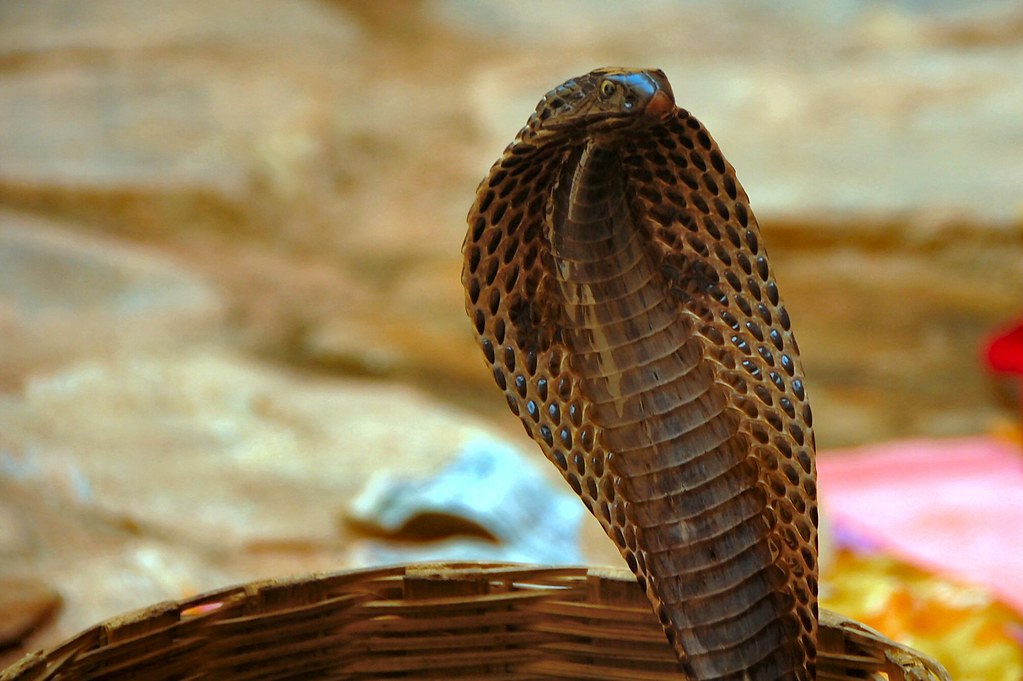
The deadly potency of cobra venom has led to its use as a weapon in various historical contexts. Ancient Indian texts describe the practice of “vishakanya” or “poison maidens”—women allegedly fed small doses of cobra venom from childhood to make their bodily fluids toxic to others. During World War II, intelligence agencies investigated cobra venom as a potential assassination tool because it could be disguised in food or drink and cause death that might be mistaken for natural causes. More recently, cobra venom has been used in illegal wildlife poaching to create poisoned bait that kills predators and scavengers that might threaten other poached animals or alert authorities. These historical and contemporary weaponizations highlight the dual nature of cobra venom—a substance with both destructive potential and life-saving medical applications.
Some Animals Have Evolved Immunity to Cobra Venom

In an evolutionary arms race spanning millions of years, several animals have developed remarkable resistance to cobra venom. The mongoose, famous for its cobra-fighting abilities, possesses modified acetylcholine receptors that prevent cobra neurotoxins from binding effectively. Honey badgers have similar adaptations, allowing them to hunt and consume cobras with minimal effects from envenomation. Even more surprisingly, certain non-venomous snake species that compete with cobras for the same ecological niche have evolved venom resistance through genetic mutations. This natural immunity has fascinated scientists who study potential applications for human antivenom development. By understanding how these animals neutralize or resist cobra toxins, researchers hope to develop more effective treatments for snake bites that might work without the severe allergic reactions sometimes caused by current antivenom treatments.
Cobra Venom Components Are Being Explored for Cancer Treatment

Some of the most exciting recent research into cobra venom involves its potential applications in cancer treatment. Certain peptides isolated from cobra venom have demonstrated the ability to selectively target and destroy cancer cells while leaving healthy cells relatively unharmed. One compound called cardiotoxin-III, found in the Taiwan cobra’s venom, has shown promising results against several cancer types by triggering apoptosis (programmed cell death) specifically in cancer cells. Another component, cytotoxin-II, appears to prevent cancer cells from developing resistance to chemotherapy drugs when used in combination treatments. These discoveries have led to several clinical trials exploring venom-derived cancer treatments that might one day supplement or even replace conventional chemotherapy for certain cancer types. The highly specific targeting mechanisms of these venom components make them particularly valuable in the growing field of precision oncology.
Cobra Venom Can Cause Different Symptoms Depending on the Species
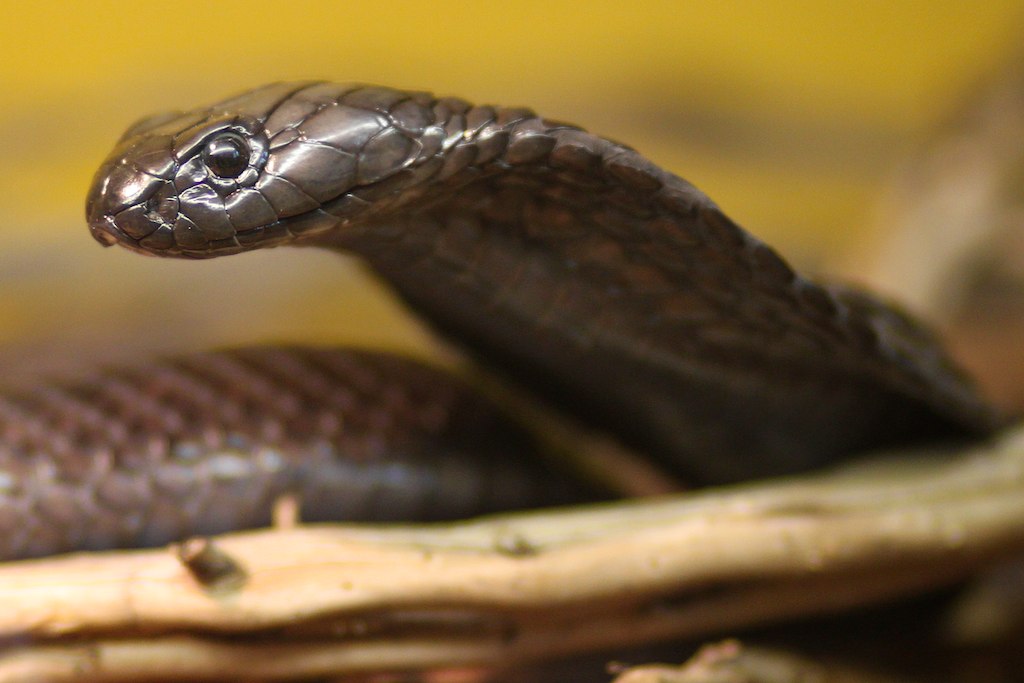
The clinical presentation of cobra envenomation varies dramatically depending on which species delivered the bite. Bites from neurotoxic cobras like the Egyptian cobra often progress rapidly from drooping eyelids and slurred speech to complete respiratory paralysis within hours, with minimal local tissue damage. In contrast, cytotoxic cobra species like the Mozambique spitting cobra cause extensive local necrosis, with tissue literally dying and sloughing off, but fewer systemic effects. Some cobra species, particularly the forest cobras, deliver venom that affects the cardiovascular system, causing irregular heartbeat and blood pressure fluctuations. These varied clinical presentations make proper species identification crucial for effective treatment, as medical teams must anticipate different progression patterns and complications based on which cobra species was involved in the envenomation incident.
Cobra Venom Changes Composition as Snakes Age
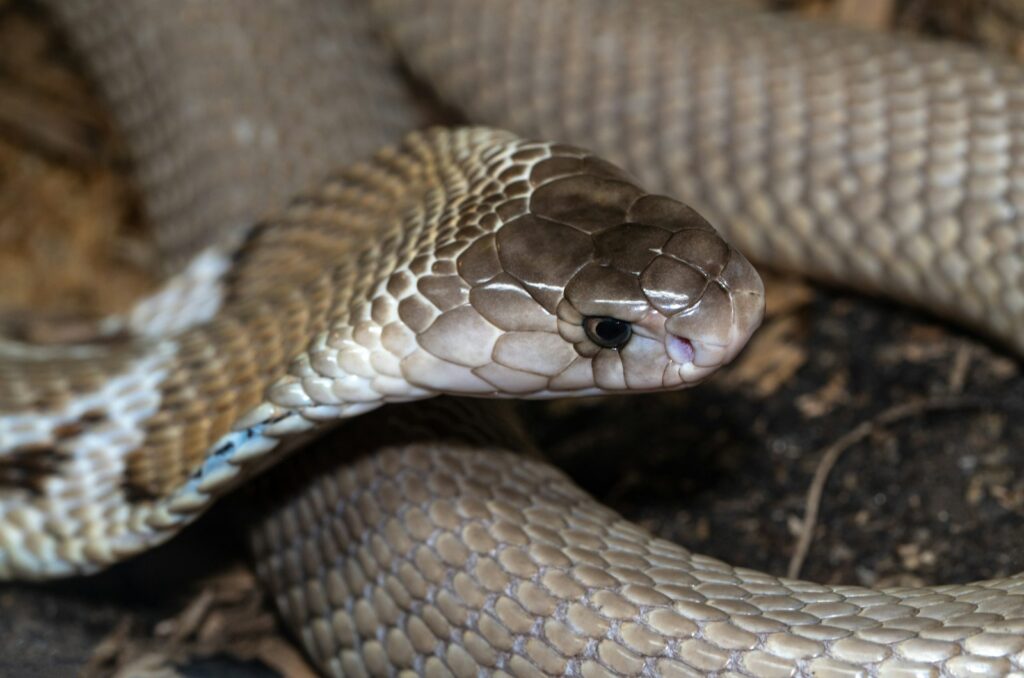
A fascinating aspect of cobra venom rarely discussed outside herpetological circles is how its composition changes throughout the snake’s lifespan. Juvenile cobras often produce venom with different ratios of toxin components compared to mature adults of the same species. This ontogenetic shift is believed to correlate with changing dietary preferences as the snakes grow—younger cobras typically hunt smaller prey like amphibians, while adults target larger mammals and birds. Research has shown that juvenile cobras sometimes produce more potent venom by volume, perhaps to compensate for their smaller venom glands and lower venom yield. These age-related changes in venom composition present challenges for antivenom production, as most commercial antivenoms are produced using venom collected from adult specimens and may be less effective against bites from juvenile snakes with different toxin profiles.
Conclusion

Cobra venom represents one of nature’s most sophisticated biochemical creations—a complex substance that simultaneously inspires fear and scientific wonder. From its potential to revolutionize pain management and cancer treatment to its remarkable stability and species-specific variations, cobra venom continues to yield new discoveries decades after scientists began studying it systematically. While we rightfully respect the deadly power of these serpents, the ongoing research into their venom highlights an important principle in natural science: even the most dangerous substances in nature often contain secrets that, when properly understood, can be harnessed to benefit humanity. As research techniques advance, cobra venom will likely continue to reveal new applications and insights, transforming this ancient defensive weapon into a valuable resource for modern medicine.

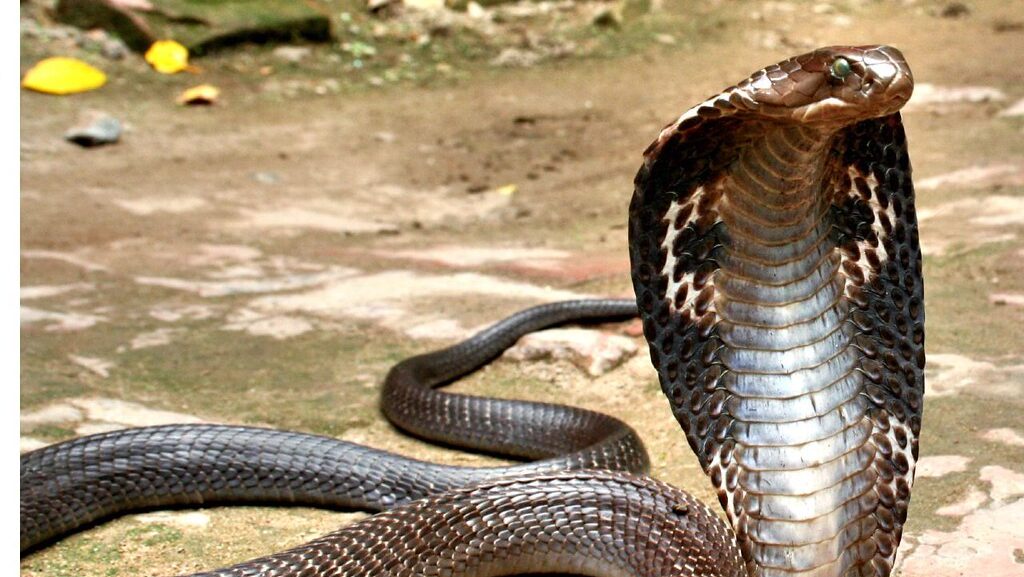

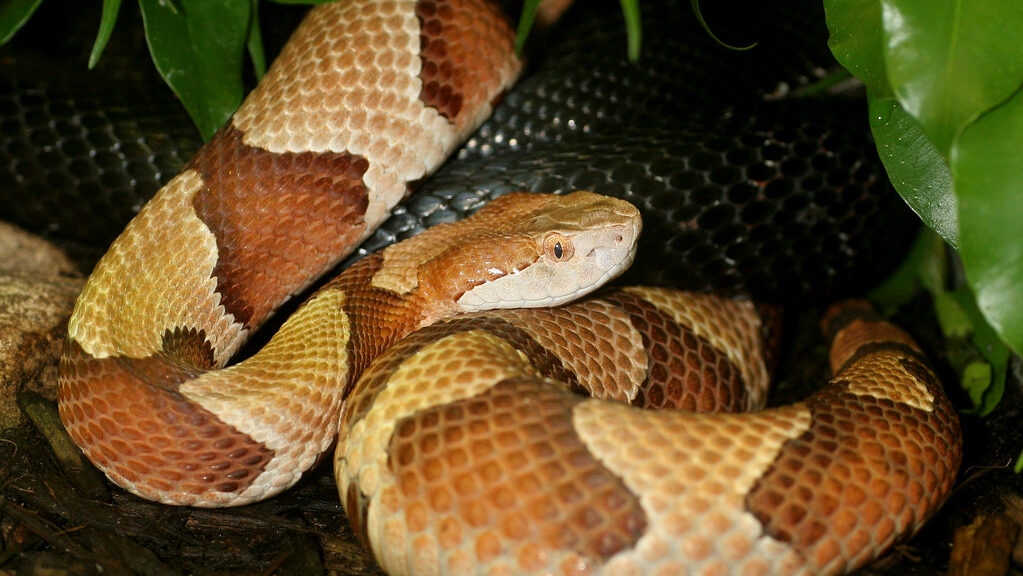


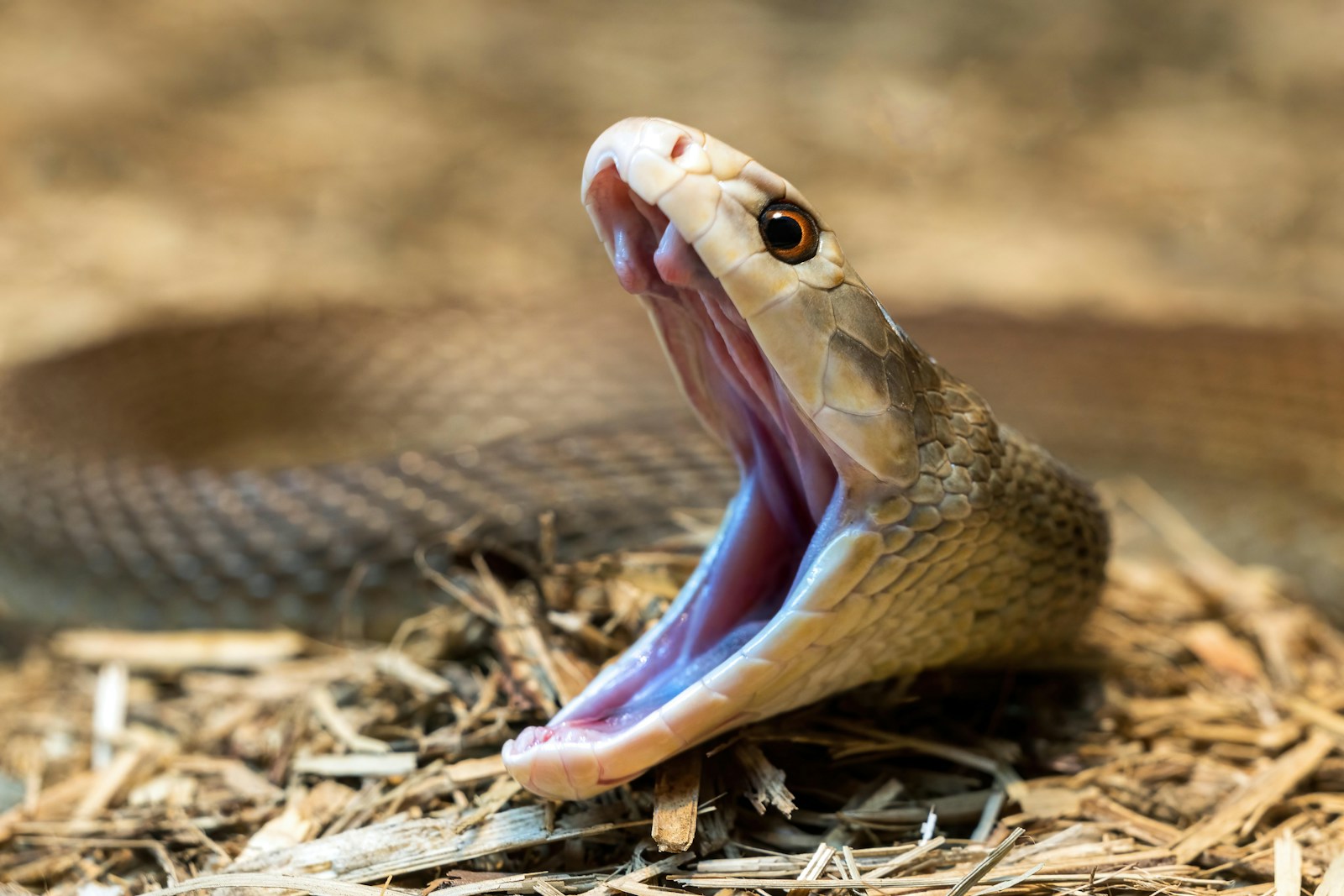

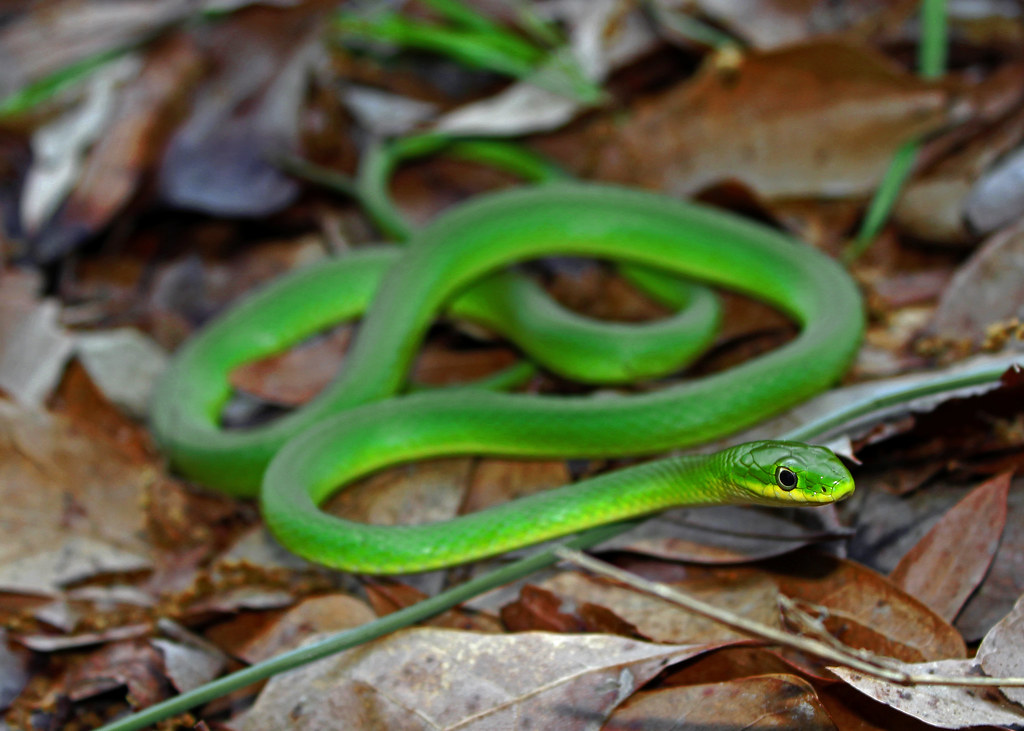


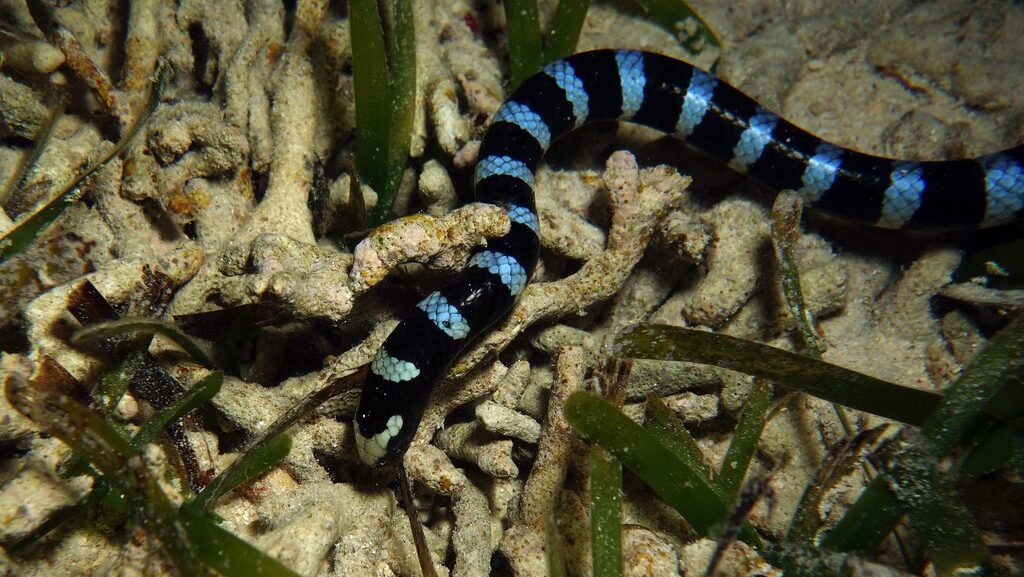



Leave a Reply